Tool: Behavior Profile Creation
Found: online tool – offline PDF
Visit: dedicated Behavior Profile page for a deep dive and samples (they are that good!)
Behavior Profiles are the cornerstone tool for the Think BIG approach to social and behavior change. Sit back and let the magic happen as our visual approach to analyzing behaviors lets you trace concrete pathways to change.
Our state-of-the-art online tool walks you through using the quantitative and qualitative evidence you have to answer five key questions:
- What steps do your primary actors need to take to practice this priority behavior?
- What factors prevent or support their practice of this behavior?
- Who else must support this behavior and what actions do they need to take?
- What program strategies to increase behavioral uptake show up in this analysis?
- If desired, how would we measure changes in critical factors?
The Behavior Profile tool allows you to create a dynamic, evidence-based picture of your pathways to change for each priority behavior.
What steps are needed to practice this behavior?
Behavior
1
Step
2
Step
3
Step
4
Step
What prevents or supports practice of the behavior?
Structural
Accessibility
Provider competencies
Experience
Social
Family and community support
Gender
Norms
Internal
Attitudes and beliefs
Self-efficacy
Knowledge
Skills
Who must support the practice of the behavior?
Institutional
Policy makers
Managers
Logistics personnel
Providers
Employers
Community
Community leaders
Religious leaders
Teachers
Household
Family members
Male partners
How might we best focus our actions?
Enabling Environment
Financing
Institutional capacity building
Partnerships and networks
Policies and governance
Systems, Products and Services
Infrastructure
Products and technology
Supply chain
Quality improvement
Demand and Use
Advocacy
Communication
Collective engagement
Skills building
You can set factor-level outcome indicators in the tool (pro tip: draft these early, so you have time to discuss and improve them). We provide lots of help with indicators, giving you possible choices, or you can take free rein and create your own.
We’ve built hybrid tools for a hybrid world: You can use the tool on your own or with your team working together, in-person or virtually. One c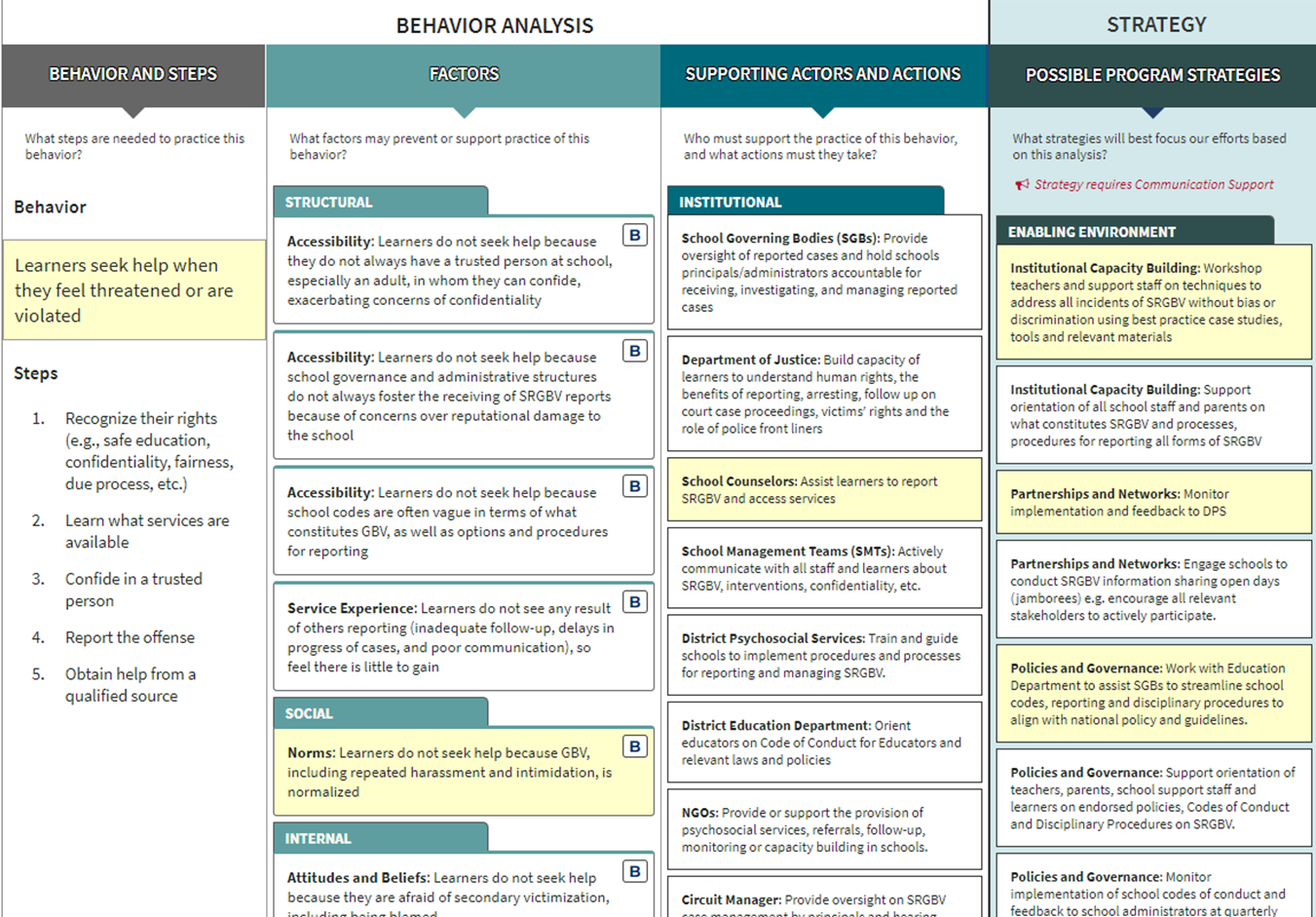 ool feature of the tool: as many people as needed can pull it up online at the same time and work on it together. Or if you prefer, you can work on it individually. The tool lets you easily make changes and share with others.
ool feature of the tool: as many people as needed can pull it up online at the same time and work on it together. Or if you prefer, you can work on it individually. The tool lets you easily make changes and share with others.
Not quite ready to click on the tool, but intrigued by the power of Behavior Profiles?
You can also View Tutorial to see how it works.
For a fun kickstart: try your hand at the Behavior Profile game. Learn about developing a Behavior Profile while helping a mother save her son from a high fever. Gamification meets behavior integration. That’s what we call a win-win!



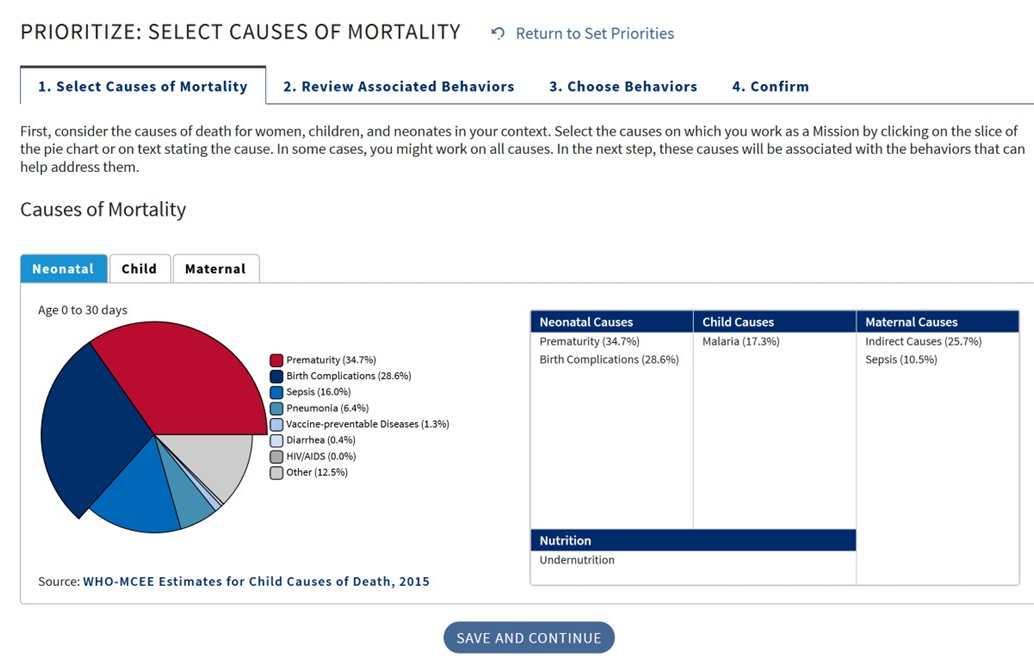
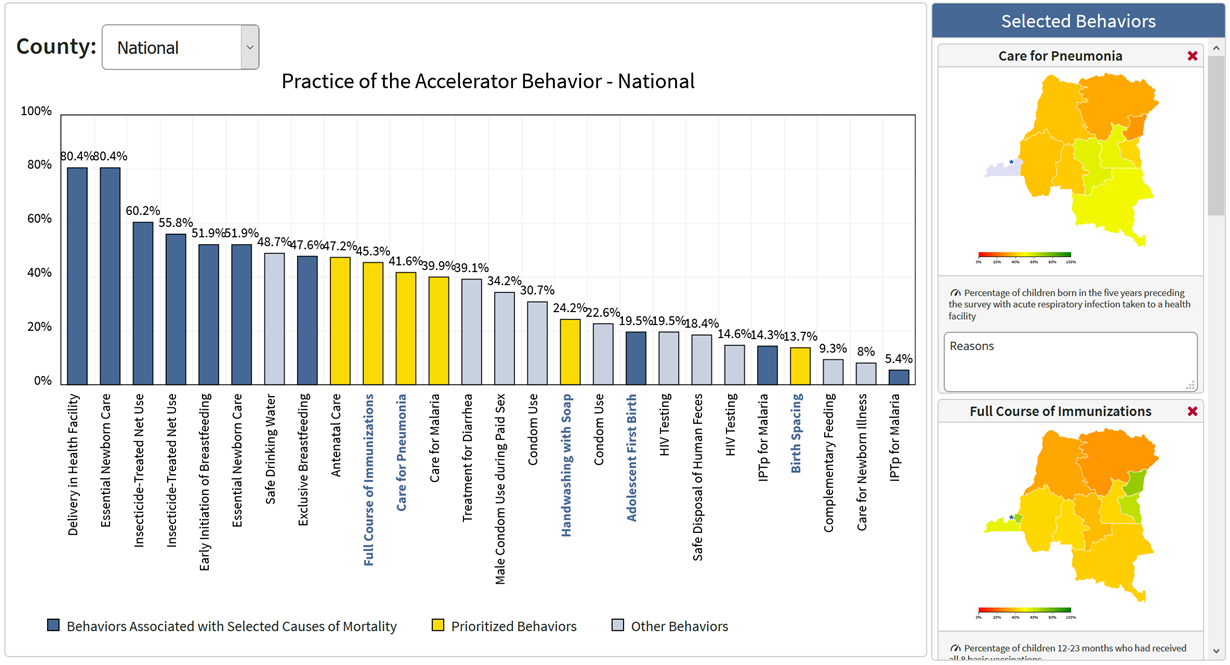
 ool feature of the tool: as many people as needed can pull it up online at the same time and work on it together. Or if
ool feature of the tool: as many people as needed can pull it up online at the same time and work on it together. Or if 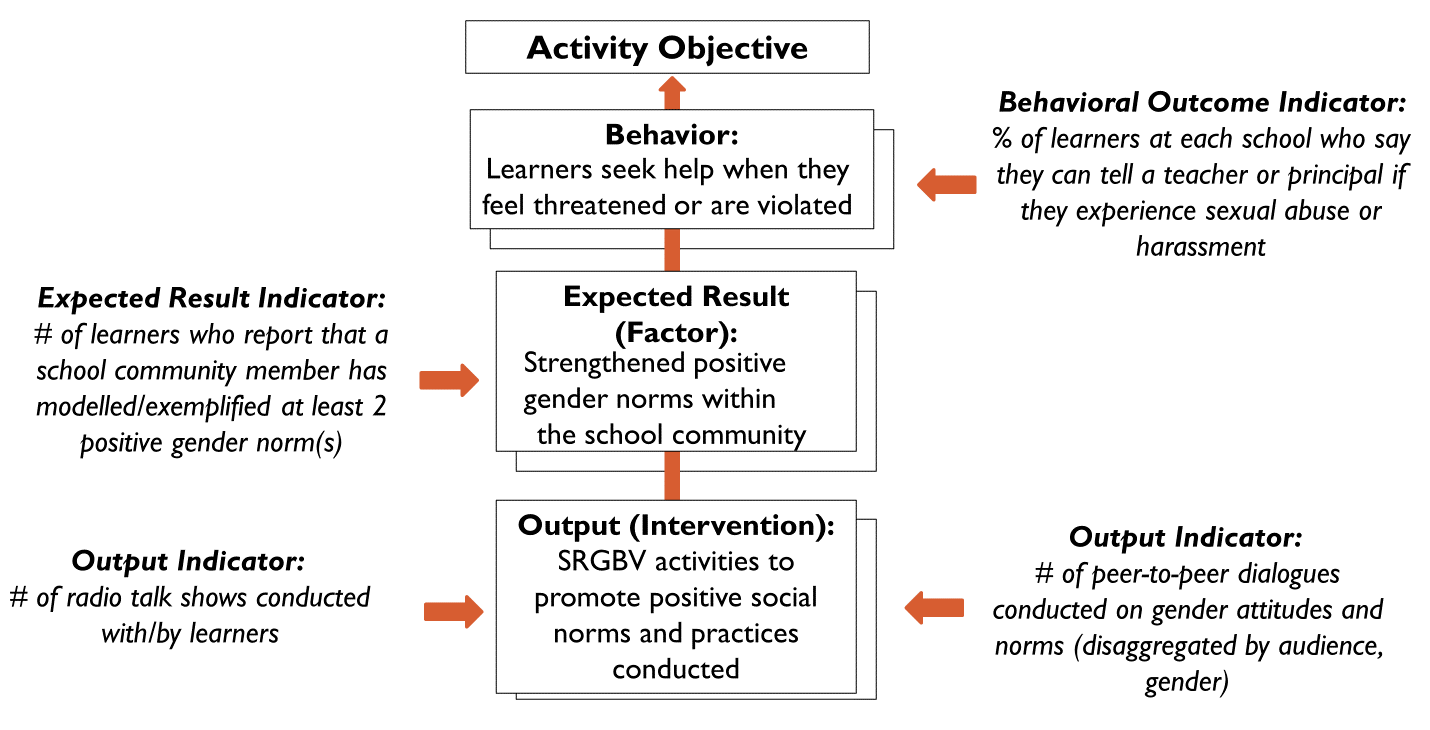
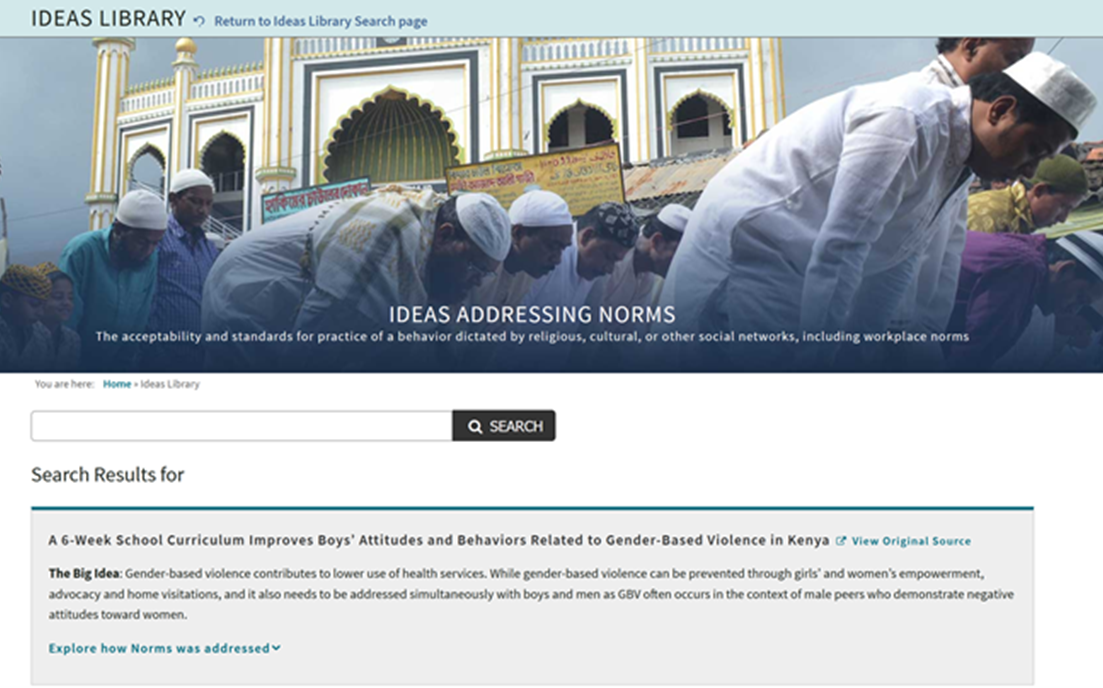
 The Manoff Group was acquired by JSI in 2022.
The Manoff Group was acquired by JSI in 2022.